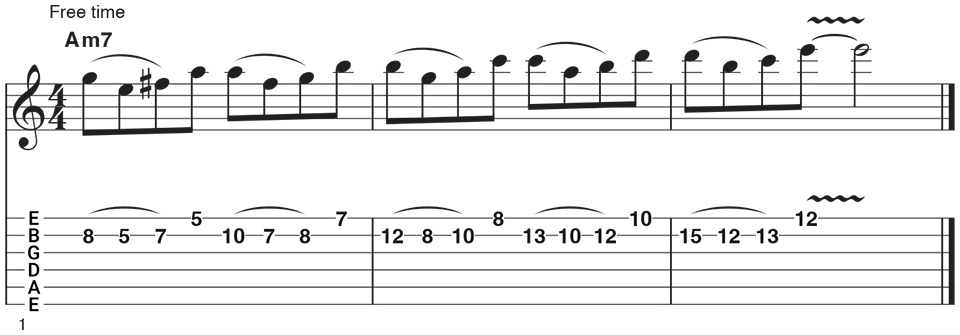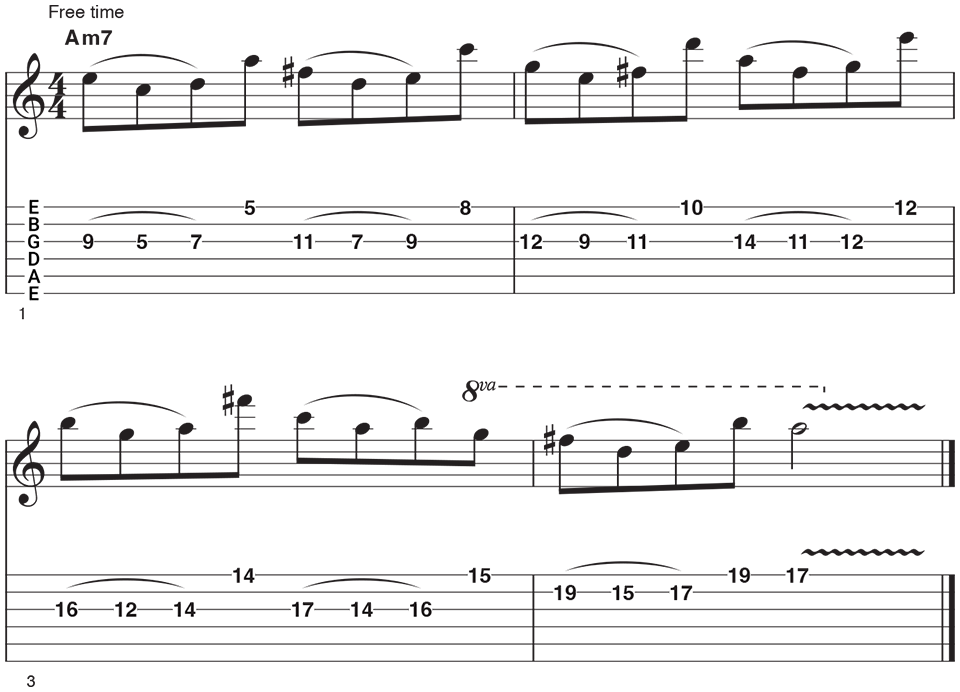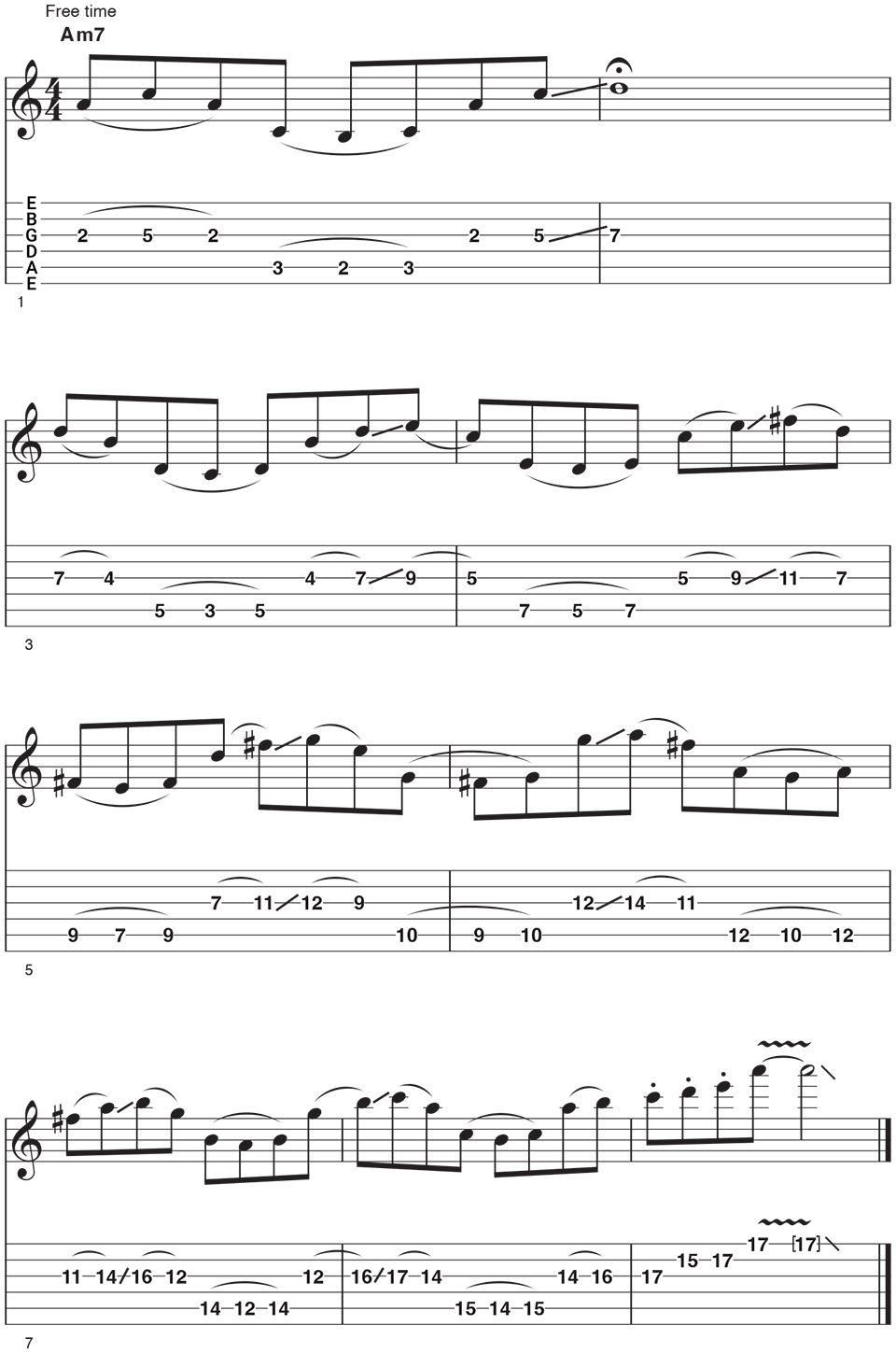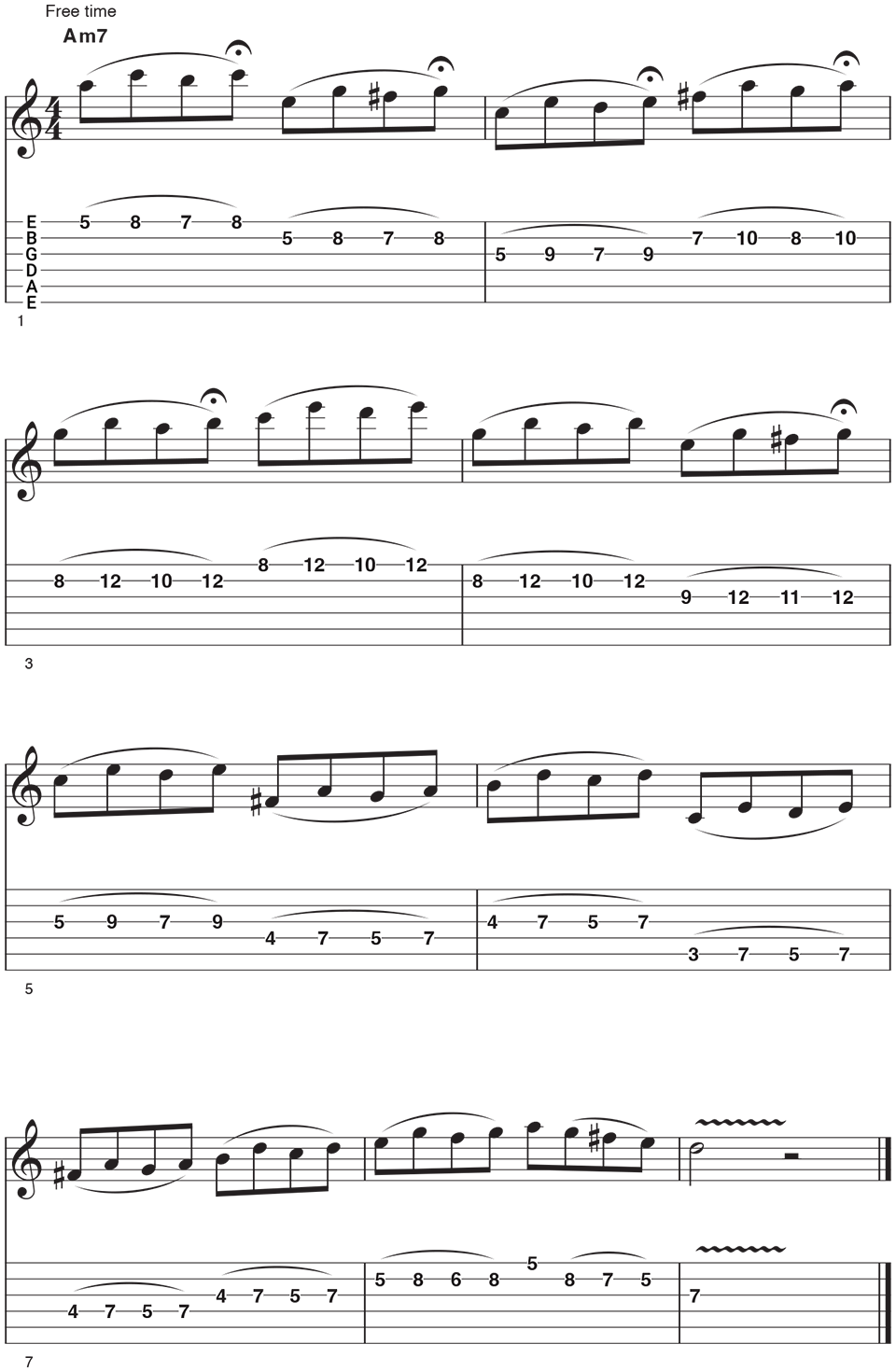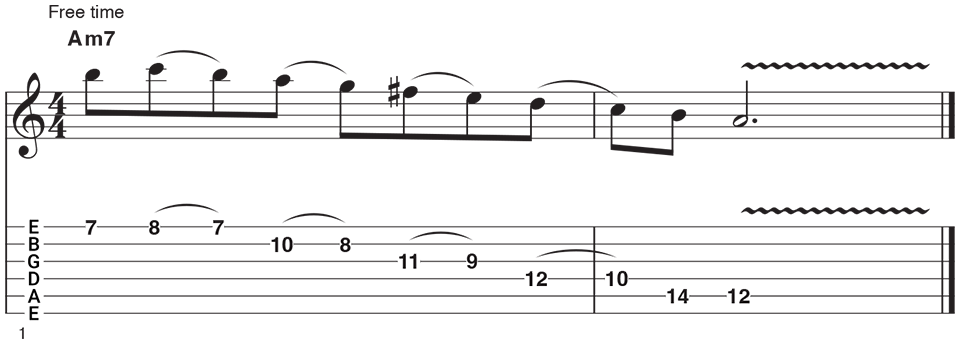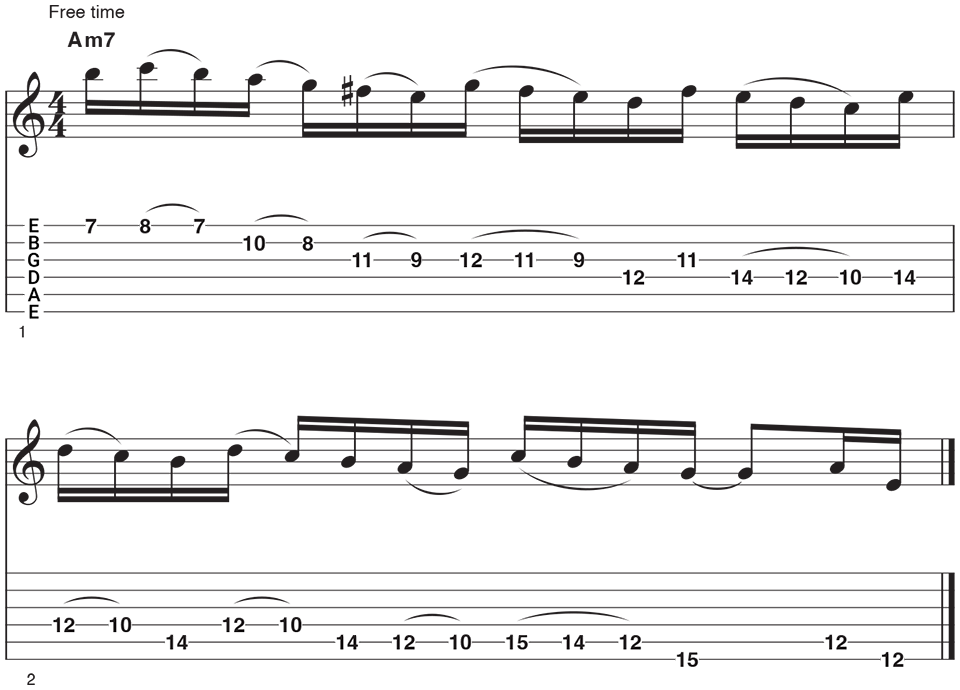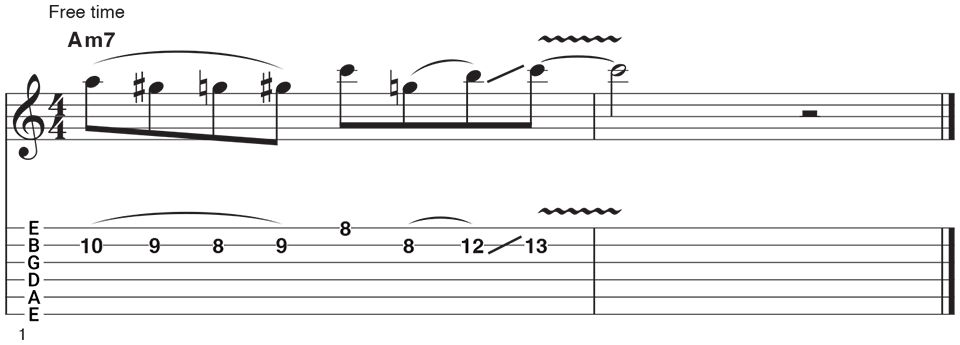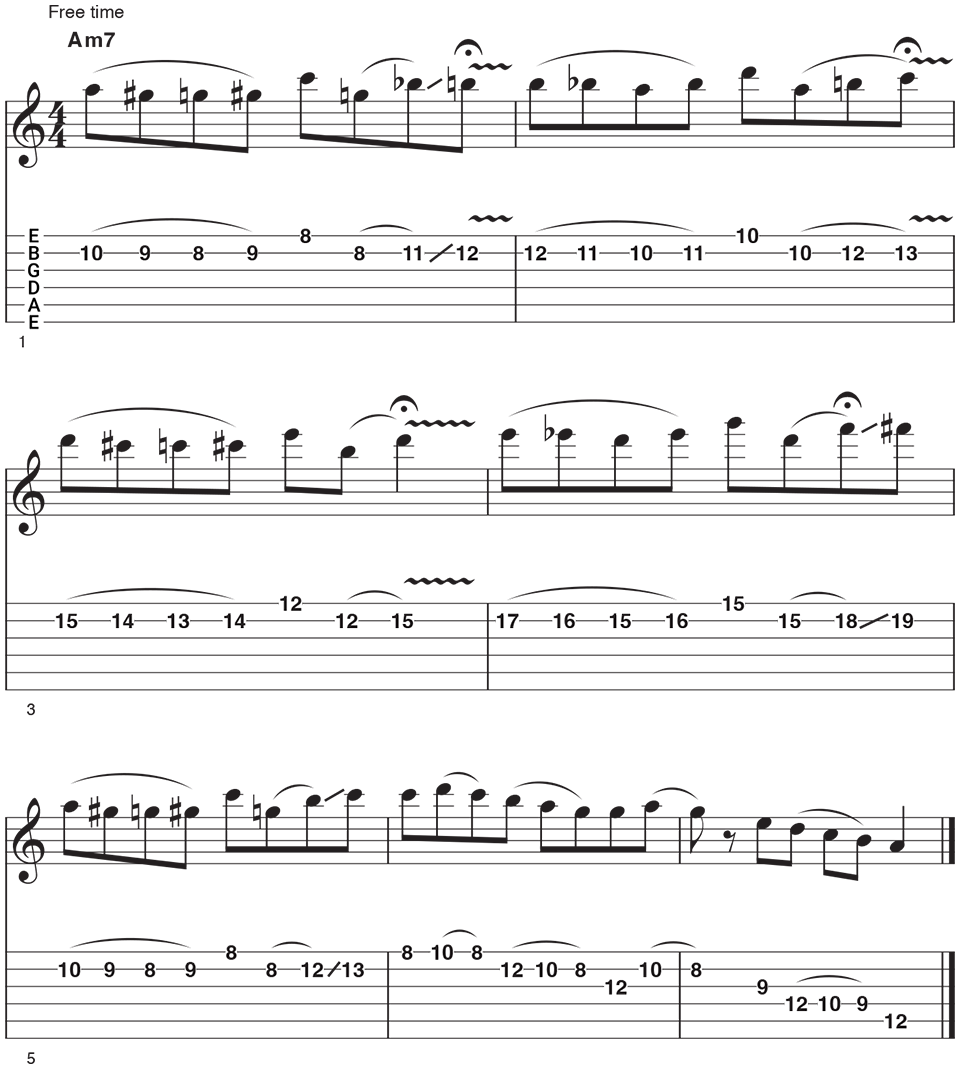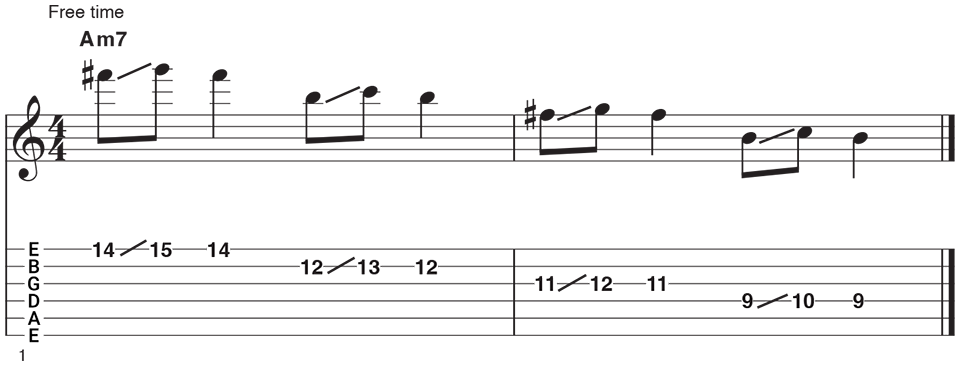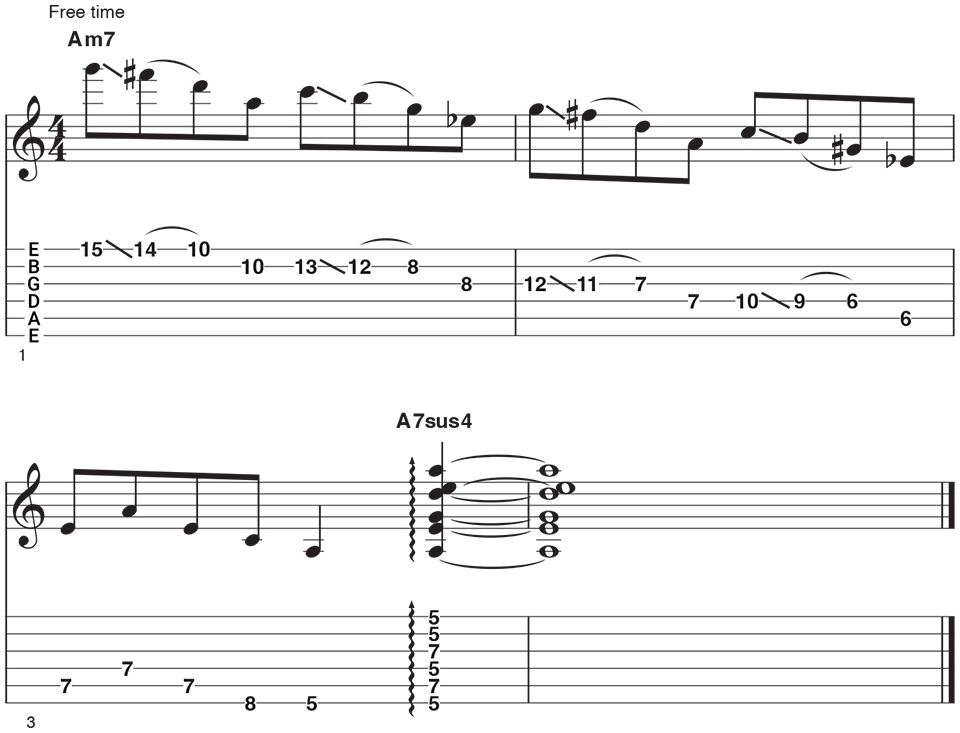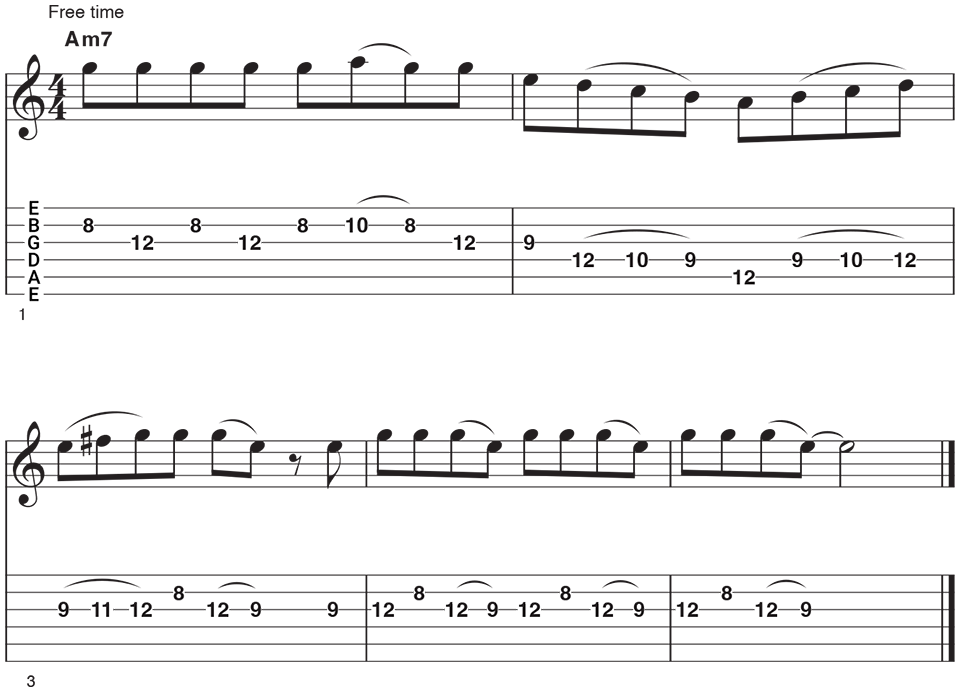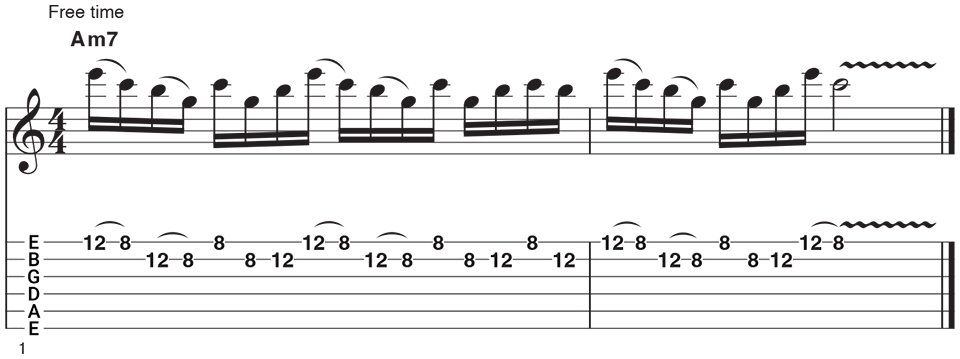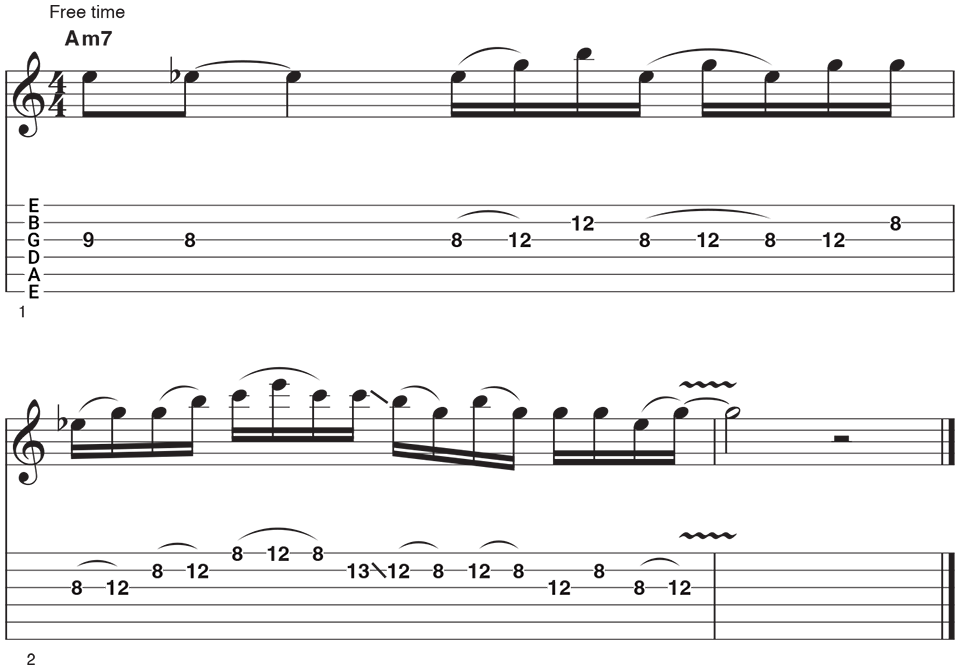Allen Hinds: 8 legato ideas to help you rediscover the fretboard
Allen Hinds is well known for his melodic legato soloing style. Here are some of his favorite approaches to creating new ideas, building strength, and finding new ways to play scales
Allen Hinds is an L.A.-based guitarist, renowned as much for instrumental albums like Monkeys and Slides (2011) as for a stylistic vocabulary that has served artists like Natalie Cole, the Crusaders, Roberta Flack and Randy Crawford over the years.
For this tutorial, Allen demonstrates his fretting-hand legato technique and the ways it can be used to inspire new ideas for your own playing.
For many of these examples, Allen takes inspiration from previous legato masters like Eddie Van Halen and Allan Holdsworth. Both players used classic legato techniques, such as hammer-ons, finger slides, wide interval stretches and string skipping. Putting their influence into new contexts, Allen demonstrates how to establish small motifs or patterns that can be learnt easily. Once mastered, they function as both warm-up exercises and approaches to develop your soloing vocabulary.
Allen advises that, once you've learned the short patterns, play with your timing and implement them into different rhythmic subdivisions. For this way of working, it’s more about opening up the possibilities than learning the exact licks per se. Allen finds that this conceptual approach helps students get out of ruts by finding new channels to explore without micro-adherence to every single playing nuance.

Jon Bishop is a graduate of the Academy of Contemporary Music (ACM) in Guildford, wrote tutorials for Guitar Techniques and Total Guitar magazines and is the guitarist for British rock and roll royalty, Shakin’ Stevens. A fan of fusion playing and Allen Hinds, Jon has transcribed and explained the key elements of Allen's playing for this tutorial.
To cultivate an effective hammer-on technique you have to be accurate with where your fingers hammer onto the string. Too close or too far back from the intended fret will deaden the sound. With pull-offs, make sure to actively pluck the string with the fretting-hand finger to sound the lower note as opposed to just lightly lifting it off the string.
Also be careful with the timing of the pull-off pluck, as it is possible to pull the string sharp. This upward pitch bend is a sound that Allan Holdsworth didn’t like, so he famously preferred to hammer-on for all his notes, even during descending runs. Not easy!
To keep it simple, all of the examples are in A Dorian (A B C D E F# G) with the F# note providing the Dorian flavor within the minor tonality. This is a popular scale for blues, soul and fusion as it works great over a minor 7 chord.
All the latest guitar news, interviews, lessons, reviews, deals and more, direct to your inbox!
As many of the examples are performed free time, the notation is the most obvious and easy to use as regards rhythmic subdivisions. When practicing along with a groove as Allen does, we’d recommend using the subdivision in the notation as a starting point and then changing it up as you get more comfortable. Also, the time signature and groove style could be changed later on for new lead ideas.
All of these conceptual frameworks will work in other tonalities, and Allan advises to try placing these patterns into A major for different results.
Allen also advises practicing with a clean tone. This helps to develop power and authority with hammer-ons and pull-offs, as the notes need to be clearly heard. Using distortion compresses dynamics, so it’s easy for a poorly sounded note to still sound acceptable. Now, on to the examples.
Example 1a: 4-note pattern phrasing
In this first example, Allen demonstrates how effective a simple pattern of four notes can be. Once the pattern of pick, pull-off, hammer-on, pick is established, it can be applied to any part of the A Dorian fretboard roadmap. As the position shift is implemented, a cool-sounding double note (last and first notes of each grouping) is produced.
Example 1b: Introducing string skips
Here, Allen transfers the pattern to the third string, jumping over the second string. This introduces a wider interval leap to sound more interesting. Again, knowledge of the A Dorian mode fingering roadmap is important. Combining these first two examples provides a great framework for improvisation.
Example 2: String jumping and sliding
In this example, Allen introduces a new pattern. It starts on the third string with a down pick, hammer-on and pull-off followed by a fifth string pick, pull-off and hammer-on. This can be shifted up the fretboard to get more mileage, and Allen uses a finger slide to shift position.
Example 3: Groupings of 4
Here’s a colorful four-note pattern that Allen demonstrates, with pauses to talk, as reflected in our notation. In terms of technique, the pattern is pick, hammer-on, pull-off and hammer-on. Again, this can be shifted around using A Dorian and a three-notes-per-string fingering roadmap.
Example 4a: Descending while ascending the fretboard
Allen is a fan of using position shifts to open up various fingering possibilities. This example was inspired by Allan Holdsworth when he descended in pitch but actually ascended the fretboard. Using a two-notes-per-string approach, this sounds fluid and smooth.
Example 4b: Longer descending phrase while ascending
Further possibilities of extended position shifts are shown here. To catch all the nuances, consider using the slow-down feature on YouTube's playback settings when learning this.
Example 5a: Legato with chromaticism
Chromatics can add spice and new color to lead lines, especially when placed in sequential patterns. Inspired by Allan Holdsworth, with a nod to Eddie Van Halen too, the pattern here is pick, pull-off, pull-off, hammer-on and then a picked note on an adjacent string. This creates an intriguing "outside" modern-rock and fusion-based electric guitar sound.
Example 5b: More chromatics for legato spice
Here Allen stretches out and demonstrates how the simple chromatic motif from the previous example can be used to create interest. Pause markings (fermatas = a curve with a dot underneath it) are used at the end of each phrase, reflecting Allen's presentation.
Example 6a: Finger slides
Finger slides are a great way to add fluidity to phrases. In this example, several semitone intervals are played using a slide to get into the final notes.
Example 6b: Slides and same-fret/different-strings shifts
For this example, the slide-and-stretch idea is used across all six strings. The basic pattern is down-pick, finger slide and pull-off, with the large interval leaps grabbing the ear. Again, it’s well worth digesting this one slowly. We finish on a pleasantly floating A7sus4 chord with no confirming minor (or major) third.
Example 7: Legato and note doubling
This is a great demonstration of finger stretching to produce double notes across the second and third strings. While demonstrated fast, it’s important to start slowly to bed it in well.
Example 8a: Four notes for a wealth of variety
While this contains only four notes, the 8th-to-12th-fret stretch adds big intervals, and the varied ordering provides a lot of color. With a mix of picked and pulled-off notes, it's fascinating to hear and fun to play.
Example 8b: Working the legato stretch
To finish, Allen takes the conceptual framework established in Ex 8a and incorporates the third string into the 8th-and-12th-fret mix. It's a unique way to sound fusion-like (due to the legato) and bluesy (thanks to the diminished 5th, b5). The occasional B note (12th fret, second string) adds a richer 9th interval when playing over the Am7 chord.
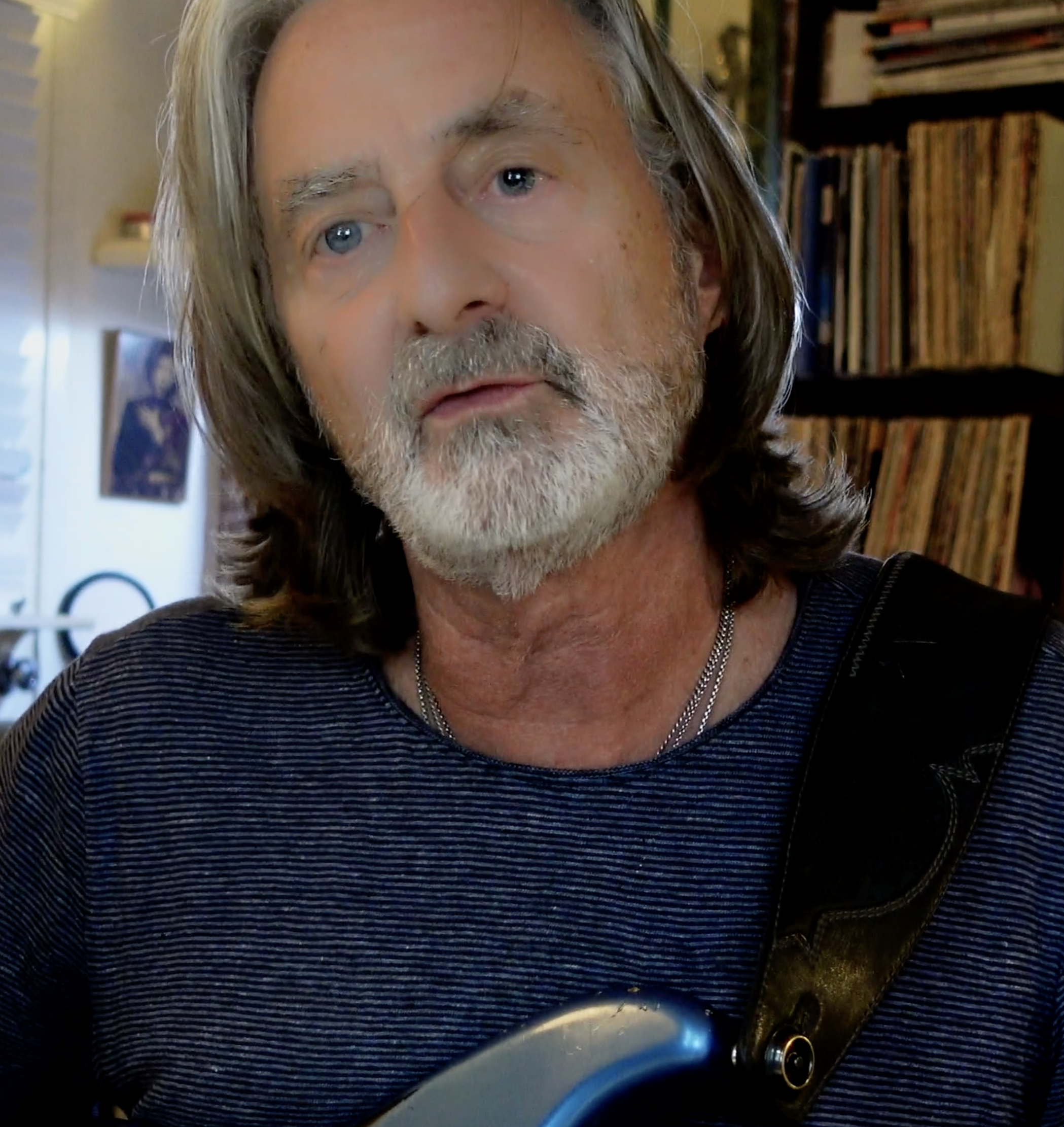
Growing up in Alabama and utilizing influences ranging from Wayne Shorter to the Beatles, Duane Allman to Allan Holdsworth, Allen Hinds' approach to playing and teaching guitar is both colourful and varied. He has released eight albums with the latest being The Good Fight. He has also performed and/or recorded with artists such as Randy Crawford, Gino Vannelli, Patti Austin, Roberta Flack, BeBe & CeCe Winan, The Crusaders, Bobby Caldwell and James Ingram.

